Rab Generator Alpine Jacket Review
The Generator Alpine Jacket is Rab’s brand new, highest-specification, synthetic insulation belay jacket specifically designed for ‘gnarly Scottish winters’. There are a few things in there that made it appealing to me, not least that I’m about to move to Scotland, but that description can also be unpacked to tell you a fair bit about what this jacket is and why it is the way it is. I’ll cover all that, and give you my thoughts on whether the Rab Generator Alpine jacket is for you, in this review.
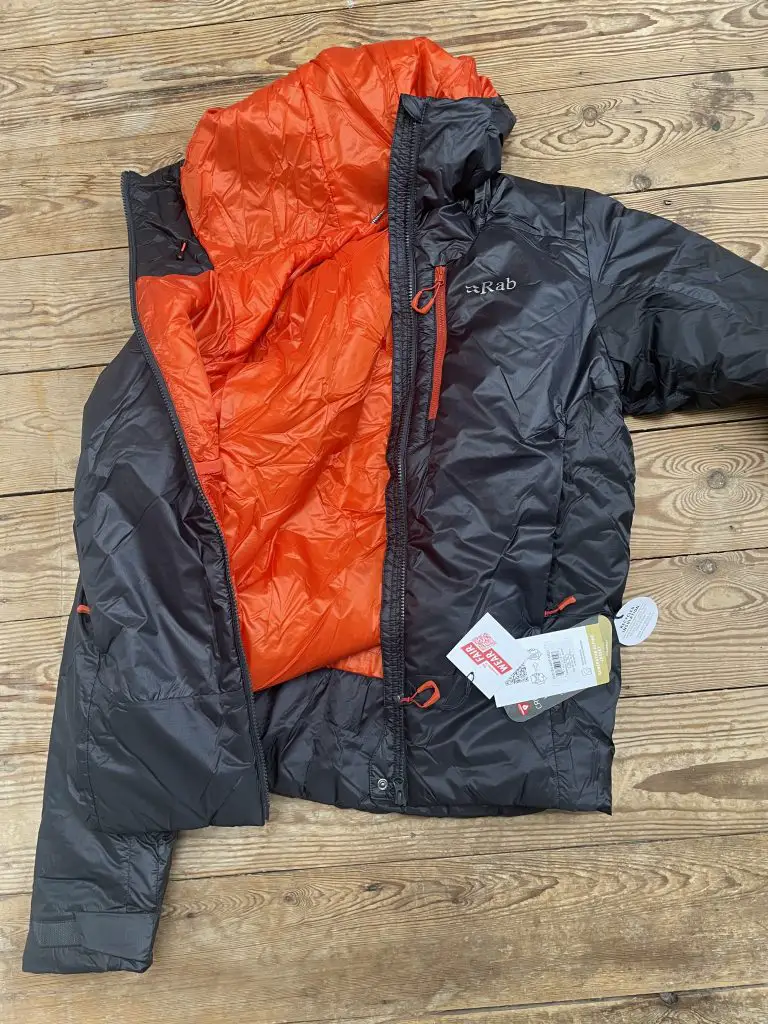
So what is the Rab Generator Alpine Jacket?
Let’s just unpack some of that description above. First off – this is a ‘belay jacket’. On it’s face, that just means a jacket used by climbers doing multiple pitches to throw on while they are standing still belaying, and then removed again once they’re climbing. Being a belay jacket tells you it’ll be reasonably packable for easy stowing while climbing, and have features such as a two-way zip for easy use with a harness and belay device. Perhaps more importantly, especially for non-climbers, it tells you it’s primarily designed to be very warm while standing still – but may not be hugely suitable for active use. That’s not to say you couldn’t wear it while hiking, especially if it’s very cold, but the jacket probably isn’t designed with breathability and comfort on the move as its main goal.
I also mentioned it’s designed for gnarly Scottish winters, and is synthetically-insulated. These two things go together. You see, Scottish winters are not the same as winters in other places – they can be cold and snowy, for sure, but they’re also extremely wet. Down jackets are brilliant in very cold, dry weather such as you often find in parts of North America and even Alpine climbing. But in Scotland, even on the coldest days above the snow line, rain is not unlikely and so synthetic insulation that performs better in the wet is generally much more suitable.
So, that tells us that this is a relatively heavy, very warm, synthetic jacket suitable for wearing while standing still on a Scottish mountainside in cold and wet conditions. That’s exactly what I needed – I have several really good lighter-weight active layers, but my only serious ‘throw it on for warmth when stopped’ jacket is the Rab Electron which is both lighter than this and also down, so tends to lose insulation in the wet.
Construction and materials
The main body of the jacket is made from Rab’s ‘Diamond Fuse’ fabric, made with unique diamond cross-sectioned fibres that supposedly lock together making a very flat fabric that is strong and resists snagging or tearing. This should help it to resist wear and tear, which is great for a jacket that’s probably often going to be stuffed into a backpack in a hurry when moving off after a snack stop. It also supposedly encourages water to bead even without DWR, meaning that the water-resistsnt properties will hold up better even after lots of washes or frequent use.
As well as the main diamond fuse areas, there are panels of what looks like more conventional ripstop fabric in areas prone to high wear, such as under the arms and, especially, around the hips where a rope is most likely to rub when belaying.
The insulation is Primaloft Gold Insulation with Cross Core, in 133gsm on the body and 80gsm on the hood, making the hood less bulky and less prone to blocking sound. Primaloft is a superb synthetic insulation that is warm without too much bulk, lightweight and water resistant. In this case, it’s all 100% recycled as well, which is part of Rab’s increasing commitment to sustainability and the environment. I don’t know if it’s quite got Patagonia’s reputation for social responsibility yet, but Rab is a close second in my view, and it’s one reason why I’m always really happy to continue making them my first port of call for gear.
For those not familiar with synthetic insulation, it tends to be a little heavier and less compressible than down, but performs far better when wet, as it doesn’t clump and lose its loft. I’ve worn other synthetic insulated jackets that were almost soaked through, and they still did a decent job of keeping me warm in a way that down never could have.
Features
The Generator Alpine is clearly a serious mountaineering and climbing jacket, with every detail considered for people that are likely to be wearing bulky gloves, several layers, and potentially harnesses and helmets.
In particular, this includes things like:
- Side adjustors at the hem, and on the back of the hood, that can be tightened be easily tightened and loosened with one hand.
- Big plastic zip-pulls with large holes, making them easy to use even with bulky gloves.
- The main zip is two-way, so it can be partially unzipped from the bottom if using a belay device. A popper at the bottom also helps to keep the zip from unzipping from the bottom when you don’t want it to.
- The jacket has articulated sleeves making it easy to move when wearing it, even if wearing several bulky layers.
- Oversized wrists, with easy-to-fasten velcro, making the jacket easy to pull on over other layers and when wearing gloves.
- An oversized hood to fit over a helmet, with a wired peak.
- Slightly raised hand pockets, for access when wearing a harness – although, pleasingly, these are not the full-on chest pockets on some harness-compatible jackets. I like being able to put my hands in my pockets when walking and, I keep treats for the dog in one of these pockets, so the very high pockets on jackets like the Muztag Gore-tex don’t suit me as well.
- A single chest pocket, and two large internal dump-pockets, which are perfect for putting water-bottles in to avoid them freezing, or for dropping wet gloves in to dry them using body heat.
Weight and packability
As a rule, I’d always say that artificial insulation is heavier and less packable than real down, but cheaper and better-performing when wet. In the case of the Rab Generator Alpine, it’s given the top-score on Rab’s own scoring chart for ‘insulation’, despite only costing £250 and weighing a relatively light 540g.
A similarly-priced down jacket, the £240 Infinity Microlight is a decent bit lighter at 452g, but much less warm.
Equally, a down jacket that is a very similar weight, the 550g Infinity Alpine, costs a good bit more at £320 and isn’t even ranked as high for insulation.
Trying to find a truly comparable jacket in Rab’s down range isn’t easy, as you can see. The closest thing, I’d say, is the Neutrino Pro which has very similar scores on Rab’s own chart. It weighs 585g and costs £300.
All this is to say that the Generator Alpine compares very, very favourably with just about anything else in Rab’s range. It’s very light and pretty cheap for how warm it is. It’s also hard-wearing, comfortable, and packs down relatively small. This makes it a really good purchase for an all-round jacket that could cope with a whole range of different uses.
Performance – how warm is the Generator Alpine?
Assessing warmth is tricky, especially when I don’t have all of the jackets above to compare it to. I’ve used it a fair bit in the recent sub-freezing temperature; often just wearing it over a t-shirt to get a good sense of how effective it really is at keeping me warm. With just a t-shirt underneath, I can wear it standing still for long periods in temperatures a little below freezing, and not be shivering or uncomfortable.
With extra layers, it’s completely comfortable well below freezing, and can even be a little too warm once temperatures get much above 1 or 2 degrees C. It does easily get a little too warm if I wear it when walking around, if the temperature is much above freezing.
Those are, of course, all very personal/subjective measurements. Everyone’s body, circumstances and perception of cold varies. What I would say is that it gives me confidence that as a top-layer, thrown on over my active layers, it would nicely serve its purpose as something to keep me warm and comfortable when stopping for a break on a Scottish mountainside in sub-zero temperatures.
I’ll also mention in this section that the style and construction of the jacket is interesting. Unlike down jackets, it doesn’t have baffles sewn into it, giving it that ‘puffer jacket’ look. That makes it a bit shapeless, in a way, which is neither a good thing nor a bad thing really. It means it’s very easy to throw on over other gear, and has quite a soft cosy feel like a sleeping bag. I do think that shapeless look makes it arguably less stylish than down jackets for wearing as streetwear, but then that’s not what it’s intended for so that’s hardly a complaint. And anyway, style is all subjective!
Waterproofing
The jacket boasts decent weatherproofing, although clearly it’s not intended as a shell layer. It appears to dispense with DWR, and rely on the natural beading properties of the Pertex® Quantum Pro Diamond Fuse, and my experience has been that this does a good job of keeping the jacket dry in light rain and other damp conditions.
One consideration alongside waterproofing is that, like a lot of very insulated jackets, the Generator Alpine is bulky and deliberately a little oversized to fit over other layers. That’s not a bad thing, but it does mean that none of my shell layers easily fit over it (though it is compressible enough to be able to just about squeeze under a waterproof jacket). By and large that’s not a huge issue, but it’s something to bear in mind if you needed to wear it for long periods in pouring rain – it would just be a question of ensuring that your shell layer fits over it as well.
Summary
Overall, an impressively warm and light jacket that does a lot of things well, and is very competitively priced.
Buy this if:
- You’re a climber and need a belay jacket.
- You hike a lot in places like Scotland that can be cold and wet, and need something to wear while stopped.
- You just need a super-warm lightweight jacket for cold environments, or as a backup when hiking.
Don’t buy this if:
- You’re after an active jacket to be your main layer while on the move.
- You need something that is extremely waterproof.

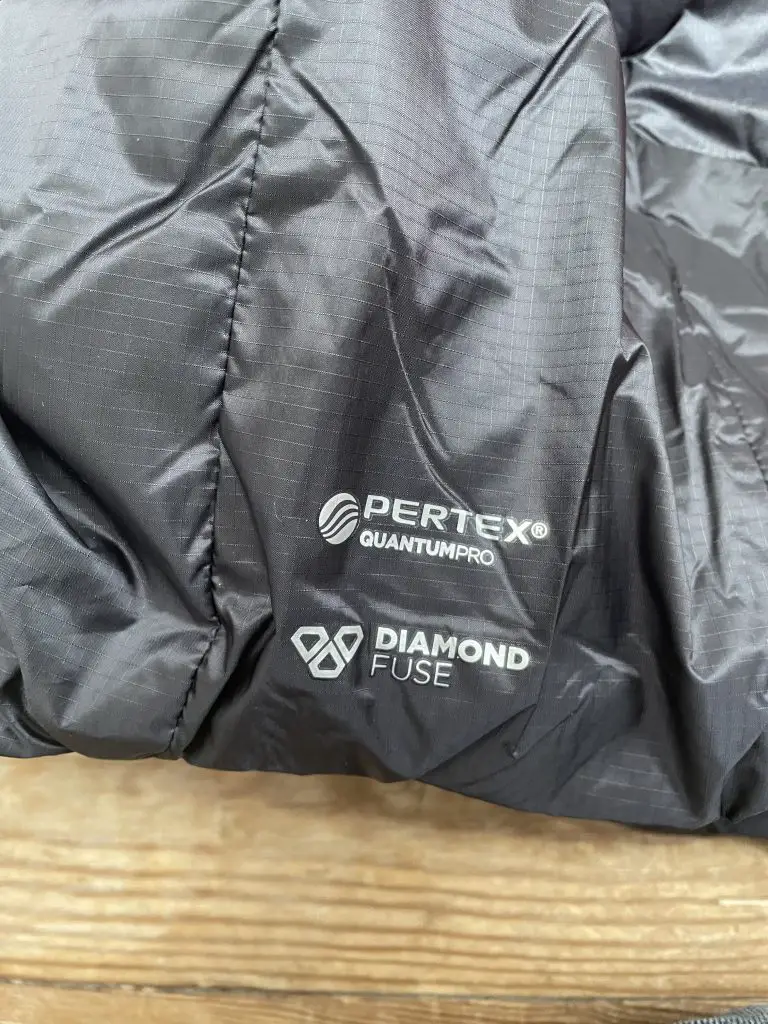


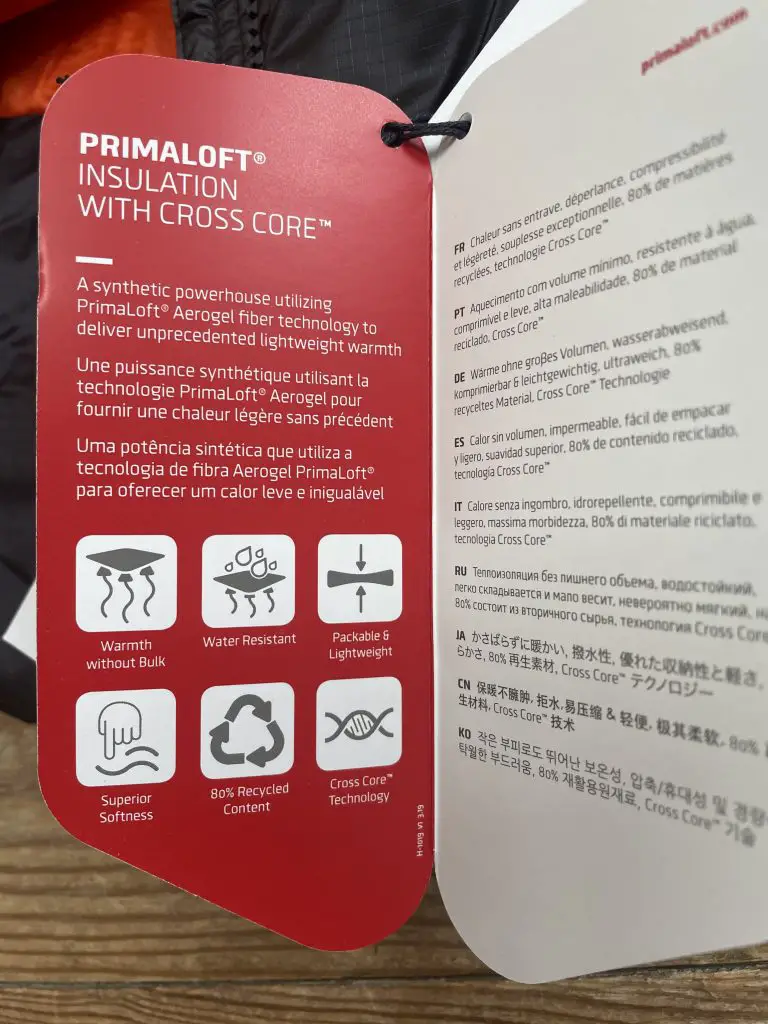
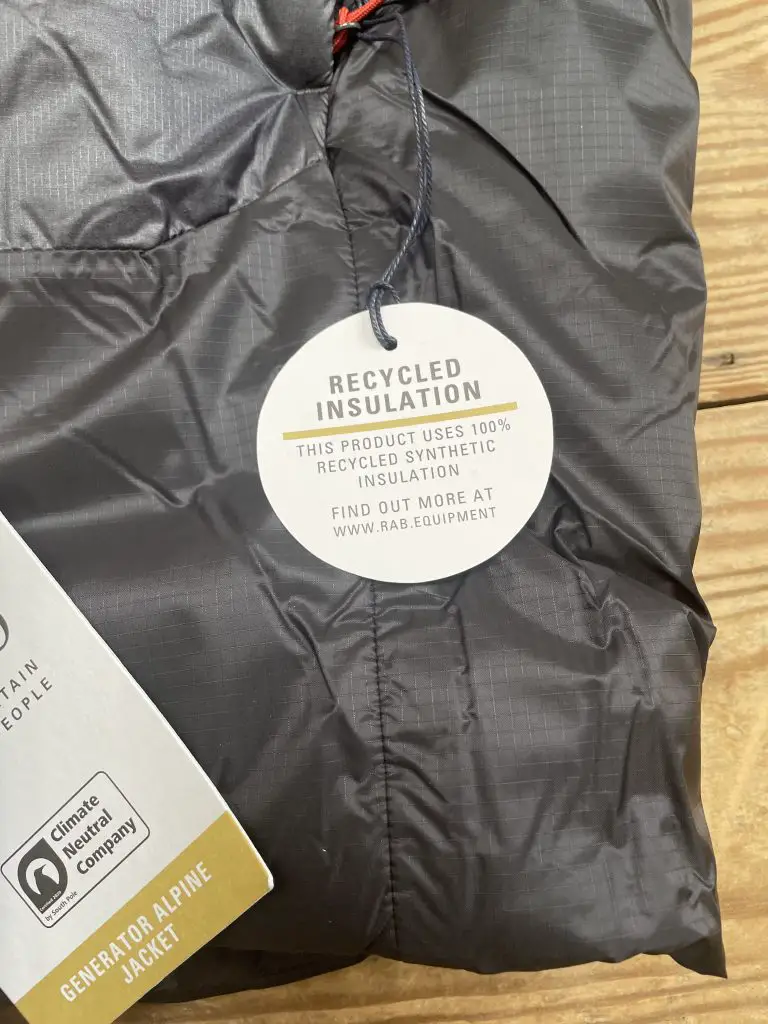
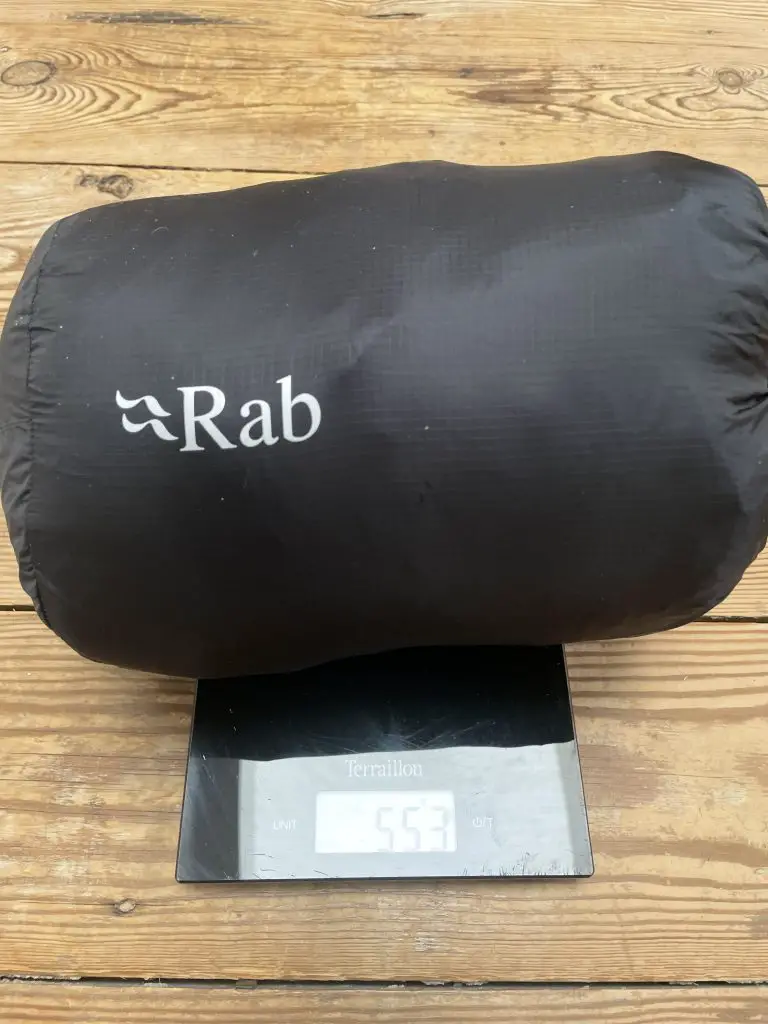
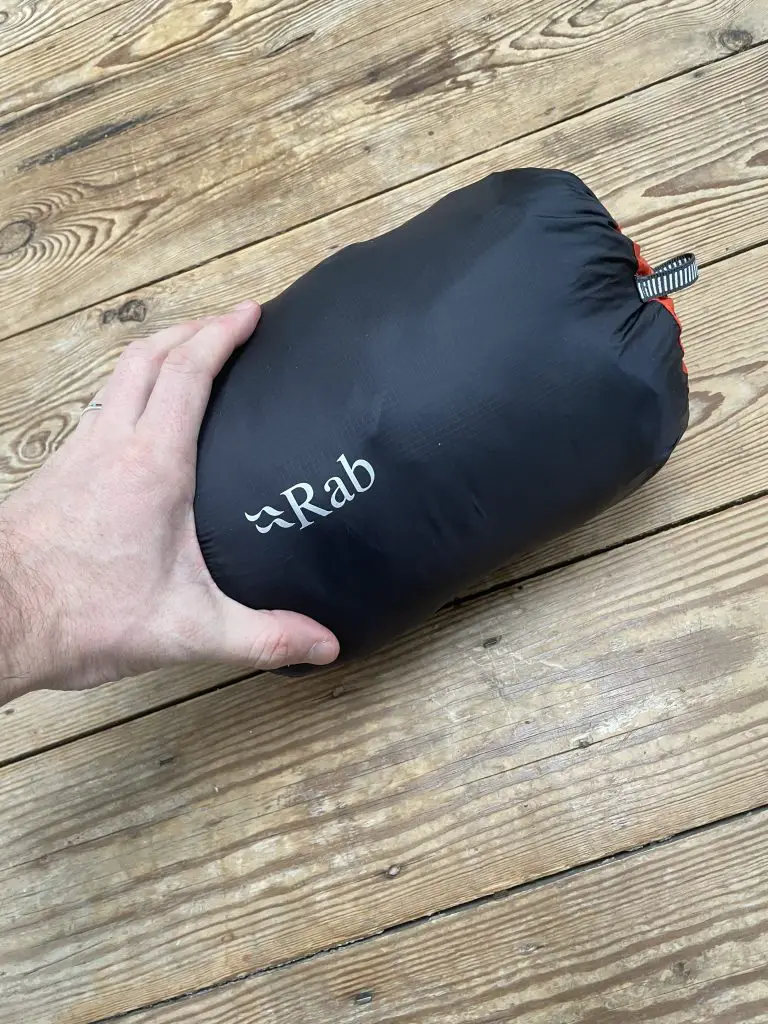
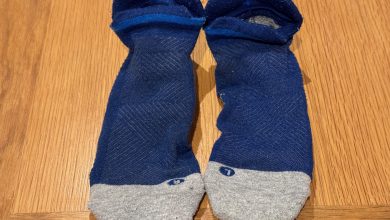
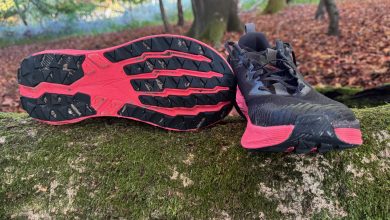
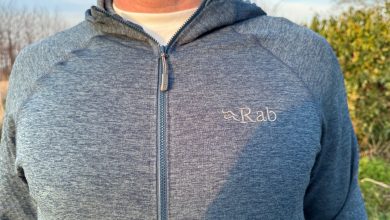
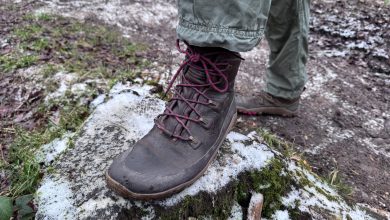
One Comment